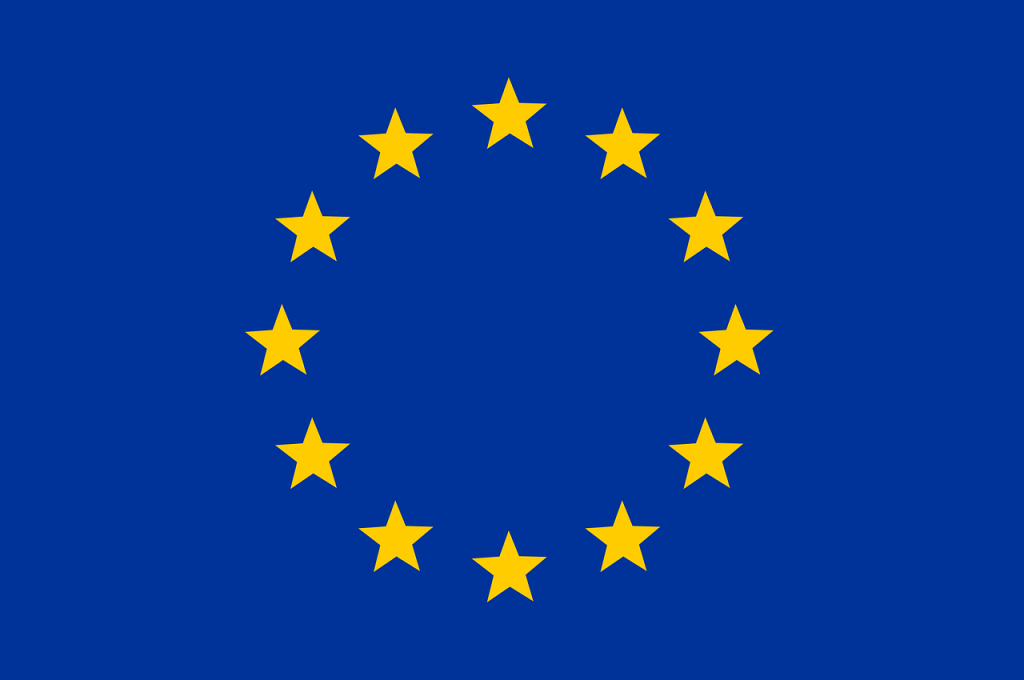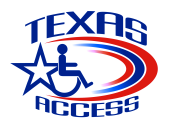There are 135 million people in the EU who have a disability—and that number will only grow as the population ages.
The EAA is a step in the direction to cater to the needs of people with disabilities.
In this post, I’ll cover what the European Accessibility Act is and what it means for your business.

What is the EAA?
Through the European Accessibility Act (EAA), the European Union took an exemplary step to create a more accessible society, based on the Universal Declaration of Human Rights (UNCRPD). The purpose of this directive is to improve the functioning of the internal market for accessible products and services by removing barriers caused by divergent rules between the member states.
What’s the Timeline for the EAA?
The act was originally proposed in 2011 as a complement to the EU’s Web Accessibility Directive, which was passed in 2016.
In June 2019, the EU adopted the EAA. EU member states must adopt the directive into their national laws by June 2022. The law must be enforced by July 2025.
Implications of the EAA
By implementing the EAA, people with disabilities and the elderly will have access to more accessible products and services in the market, as well as more affordable products and services.
Meanwhile, businesses will benefit from reduced costs, easier cross-border trade, and increased market opportunities for their accessible products and services.
The EAA and WCAG 2.0/2.1 Compliance
Following the EU Web Accessibility Directive, specific guidelines exist for making websites and apps accessible, namely the Web Content Accessibility Guidelines (WCAG). In light of the EU Web Accessibility Directive, public sector organizations throughout Europe must ensure that their websites and mobile applications are accessible, operable, understandable, and robust.
A major component of the EAA is the EU Web Accessibility Directive. By reference to WCAG 2.0, one can safely deduce that if your website is compliant with WCAG standards, you’re on the right side of the law.
What Does the EAA Cover?
By making digital accessibility a legal requirement for any company selling products and services in Europe, the EAA hopes to transform everything from cash machines to computers to e-commerce apps.
In the EU, the EAA’s main objective is to provide people with disabilities with access to products and services. As a result, it encompasses a wide range of public and private products and services, including:
- websites
- computers and operating systems
- ATMs, ticketing, and check-in machines
- smartphones
- TV equipment related to digital television services
- telephony services and related equipment
- access to audio-visual media services such as television broadcasts and related consumer equipment
- services related to air, bus, rail, and waterborne passenger transport
- banking services
- E-books
To promote inclusivity and ensure a uniform access policy, the directive harmonizes accessibility requirements across all EU member states. In addition, it ensures that economic operators, such as manufacturers, importers, and service providers, adhere to standardized measures and make conformity declarations as necessary.
Upon introducing the provisions into national legislation, EU members have one year to implement them and four years to implement them. The implementing laws must be passed by 28 June 2022, the accessibility measures implemented by 28 June 2025, and the reporting and review process must be completed by 28 June 2030, and every five years thereafter.
Who Must Comply?
Putting together the legislative drive of the EAA with the moral imperatives, there’s already a strong case for the EAA to be established.
When websites and digital products or services are accessible, the potential audience reach is increased. And I’m not just referring to the 15% of the world’s population that have a disability. Website accessibility makes it easier for everyone to use and engage with your content. Accessible websites will experience a surge in positive customer reviews and user experience.
Additionally, web accessibility helps improve SEO — alt text and semantic HTML which are elements of web accessibility, also help inform search engines about the content and presentation of a website. So, customers who have low bandwidths are included in the experience of your web content.
Other EU web accessibility Laws
As of 22 December 2016, the EU Web Accessibility Directive became the first-ever European standard for digital accessibility. The EN 301 549 V1.1.2 standard was developed by the European Committee for Standardization (CEN), the European Committee for Electrotechnical Standardization (CENELEC), and the European Telecommunications Standards Institute (ETSI) as a harmonized European standard.
In order to ensure that people with disabilities have equal access to ICT products and services, the EN 301 549 standard requires all EU members to implement, enforce, and maintain a uniform set of accessibility standards.
To ensure compliance with the law, the directive references EN 301 549, which refers to WCAG 2.1 Level AA standards as a set of functional accessibility requirements for information and communication technology (ICT) products and services.
Closing Thoughts
Without a general web accessibility standard, digital platforms can struggle to account for differing compliance standards and penalty schemes, putting them at risk of litigation while eroding the user experience. The EAA stands as a beacon of web accessibility unification.







